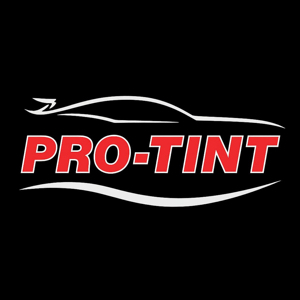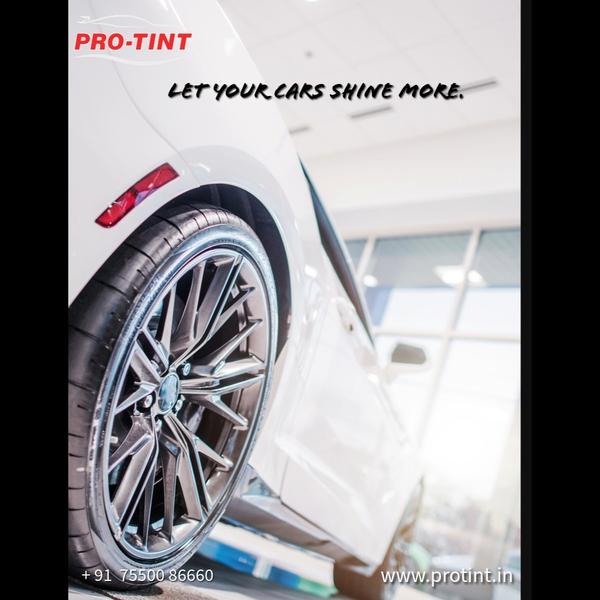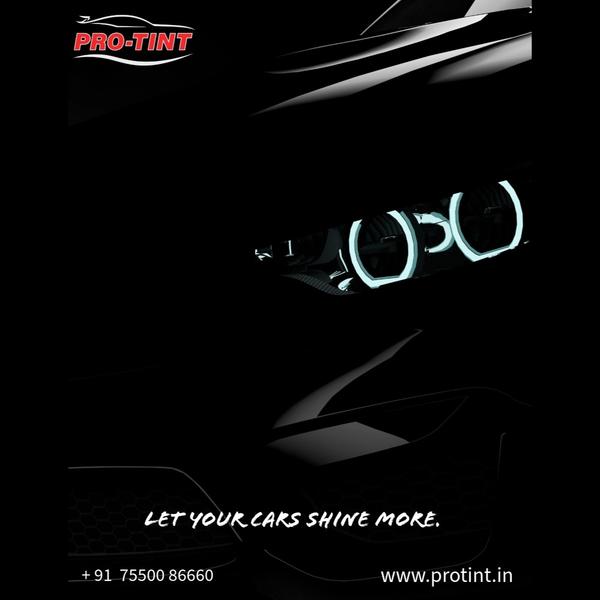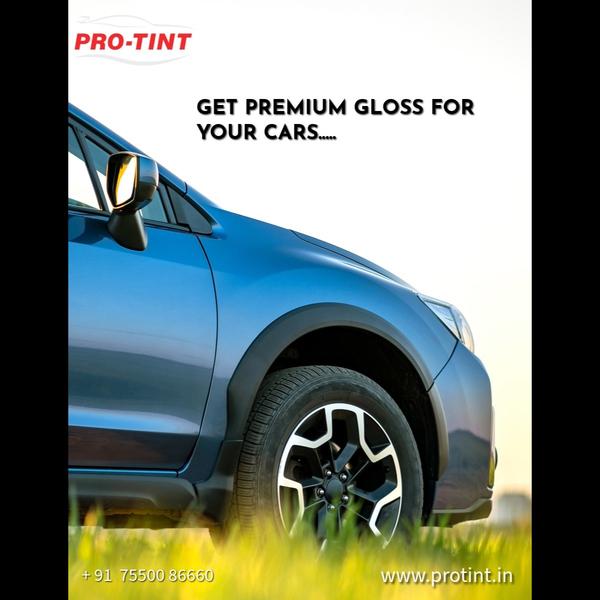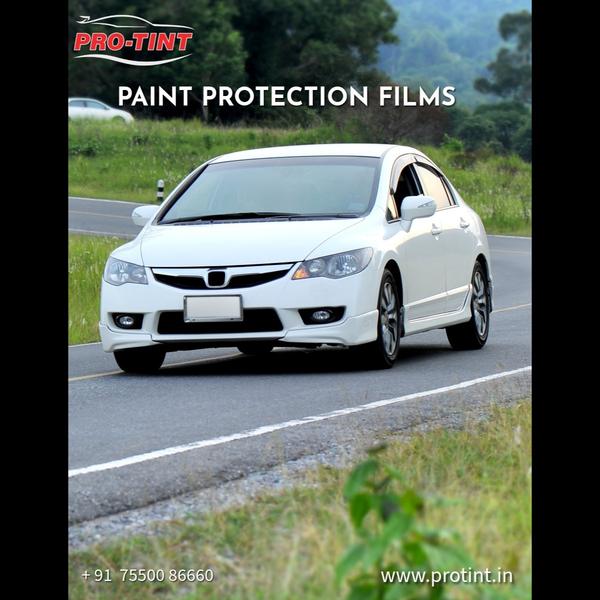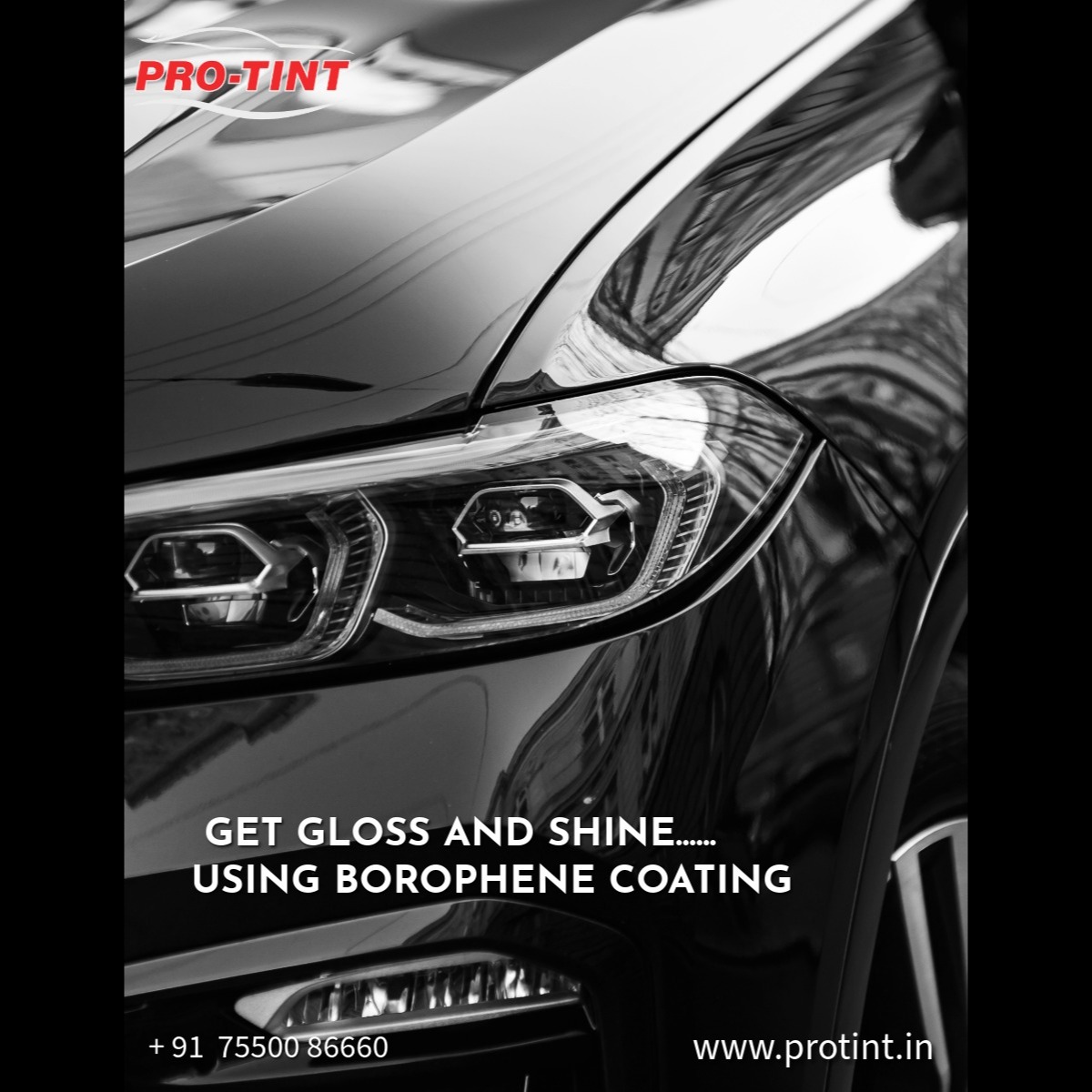
Borophene is still a new-age nanomaterial (like graphene) and hasn’t entered mainstream automotive detailing yet. But if applied to cars in the future, here’s what it could mean:
🔹 Benefits for Cars
Ultra-Hard Protection: Stronger than steel, borophene can form a scratch-resistant shield far tougher than ceramic or graphene coatings.
Super Lightweight Layer: A nanometer-thin coating won’t add weight but offers maximum durability.
Superior Conductivity: Prevents static build-up, reducing dust attraction on car surfaces.
Heat Resistance: Reflects and manages heat better than current coatings, keeping the car cooler.
Anti-Corrosion: Acts as a barrier against rust, oxidation, and acid rain.
Hydrophobic & Self-Cleaning: Water, mud, and dirt slide off easily, keeping cars cleaner for longer.
🔹 Comparison with Other Coatings
Ceramic Coating → Gives gloss, UV protection, hydrophobic effect.
Graphene Coating → Stronger bond, heat resistance, anti-static.
Borophene Coating → Future upgrade: harder, thinner, more conductive, with extreme durability.
🔹 Challenges
Still in research phase, not commercially available for cars yet.
High production cost.
Stability (oxidation issue) must be solved before use in automotive coatings.
👉 In the future, if borophene coating becomes available for automobiles, it could be the ultimate evolution in car paint protection — offering unmatched durability, heat resistance, and self-cleaning properties.
